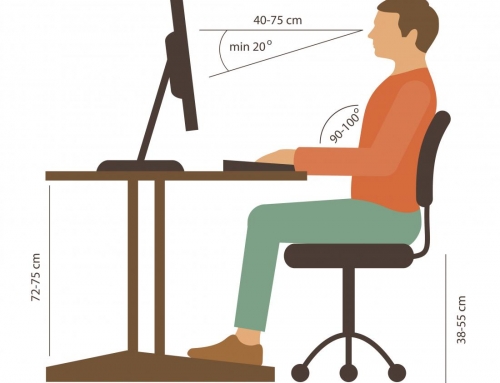Telemedicine and the New Normal
Telemedicine in History
The concept of telemedicine has changed dramatically from its launch. Fifty years ago a handful of hospitals began to experiment with telemedicine to offer ongoing medical care to patients in remote rural locations. However the rapid evolution of technology over the last three decades, resulted in a complex integrated medical service that is used in medical centers, private homes, medical clinics and other healthcare offices.
Telemedicine in 2020
The unprecedented times in which we live means that telemedicine has had to move faster than it ever has before. As technology leaps ahead at levels never before seen, so does the coast to coast affordability and accessibility to the basic tools used in telemedicine. An appropriate example is that we now posses the technology required for live video interaction with a doctor, and much of our rural and urban population has experience using a similar technology in the form of an app, and access to a laptop or tablet to conduct a video chat.
Telemedicine was originally designed to provide patients in remote places with reliable medical care. While it is still used for this, it is quickly becoming a tool for people who are unable to visit a medical clinic due to scheduling conflicts, as well as the looming threat of the coronavirus. The well-connected patient wants to spend less time waiting to see a doctor in person, and instead get expedient care for minor medical conditions when they require it.
The Difference Between Telehealth and Telemedicine
The fields of digital healthcare, mobile healthcare, health IT and telemedicine are all in a constant state of flux with new developments, making it difficult to nail down a single definition for these terms. In much of the medical industry, “telehealth” and “telemedicine” are often used within the same breath. This is not unexpected since they both cover similar services, including:
As this medical field continues to grow and change, the terms used to define it are likely to be revised to include even more health and wellness services.
Telemedicine Pros
Telemedicine Cons
Give Telemedicine a Try
Telemedicine may be a viable option the next time you want to consult with one of the medical care providers In our office. Place a call to discuss this topic with our staff, we will help you determine if telemedicine is covered under your current medical insurance plan. We look forward to helping you learn more about this forward thinking medical resource! 2020 is the year of telemedicine!





